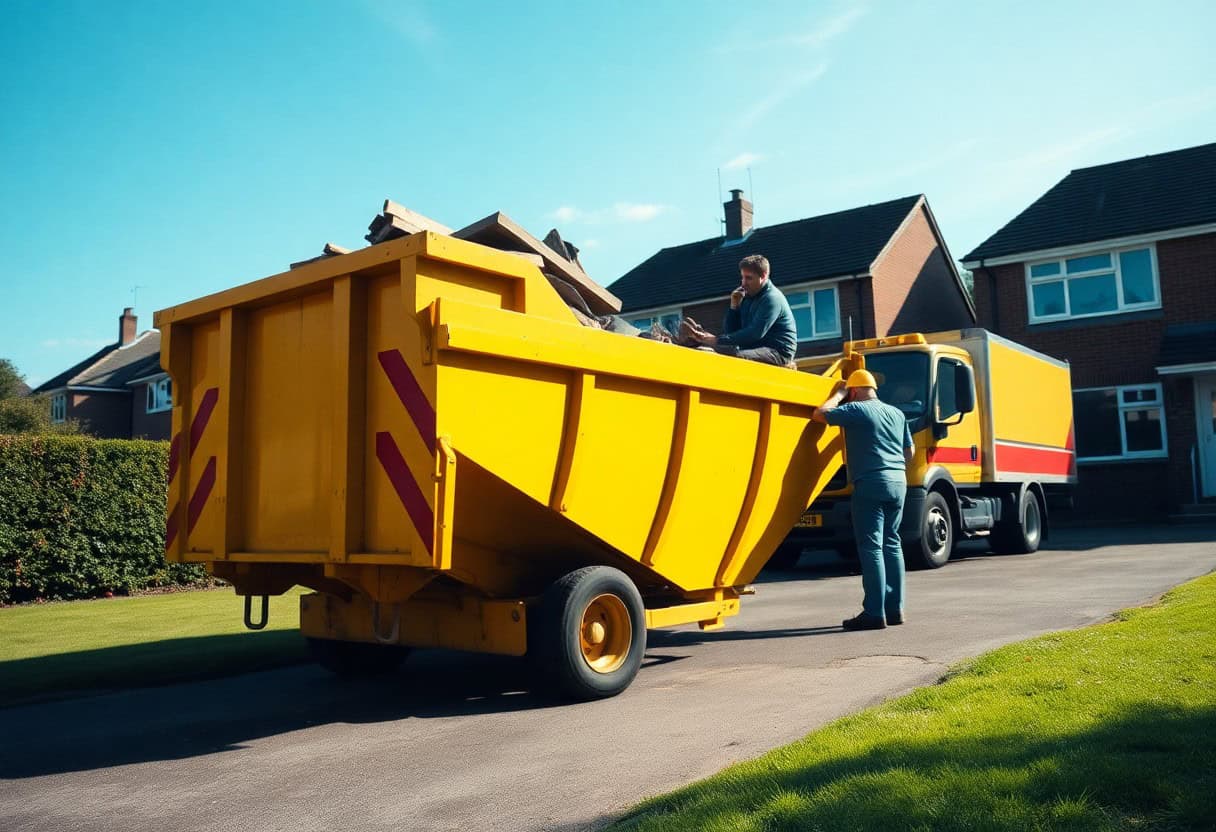Introduction
With the help of media campaigns and public outreach efforts, more and more people are becoming aware of the importance of recycling. But what exactly is recycling? And what are the benefits?
Recycling is the process of converting waste materials into new, reusable materials. It helps to reduce energy consumption, decrease emissions of greenhouse gases, and conserve natural resources.
There are many benefits to recycling, including:
-Reducing the amount of waste that goes to landfill sites
-Saving energy
-Conserving natural resources
-Preventing pollution
-Creating jobs
What can be recycled?
Many materials can be recycled, but some are better suited for it than others. For example, metals are among the most recyclable materials because they can be melted down and reformed over and over again without losing any of their properties. Glass is also very recyclable, but it can only be recycled a limited number of times before it needs to be disposed of.
Paper
Most types of paper can be recycled, including newspapers, magazines, office paper, junk mail, cardboard, construction paper, greeting cards, and wrapping paper.
Papers should be clean and dry before recycling. Remove any plastic or foil wrapping, as well as any food residue or grease. If you’re recycling items that have been in contact with food, such as pizza boxes or greasy take-out containers, make sure to remove any residual food before recycling.
To recycle shredded paper, look for a local recycling center that accepts shredded paper. Some centers accept shredded paper in clear plastic bags; others have special collection bins for shredded paper. Call your local recycling center to find out their specific requirements.
Glass
You can put all types of glass into your recycling bin:
-Bottles and jars (empty and clean)
-Food and drink containers (empty and clean)
-Glass pots, pans, plates and bowls (empty and clean)
-Window glass, mirrors, Pyrex
You can recycle empty glass bottles and jars of all colors. You do not need to remove the labels.you do not need to remove labels from glass jars or bottles. If a label is glued on very tightly, you can leave it on or cut it into small pieces before putting it in your bin.
You can also recycle window glass, mirrors, drinking glasses, crystal, vases, light bulbs (intact), stemware and Pyrex. Please empty food containers and place lids inside the container.
Plastic
Most types of plastic can be recycled, however, they have to be separated by type first. The most common types of plastic are PET (or PETE), HDPE, PVC, LDPE, and PP. You can tell what kind of plastic something is made from by looking for the recycling symbol (the triangle made of arrows) and the number inside the symbol. Here are the different types of plastics and what they can be recycled into:
-PET (1) can be made into fiberfill for sleeping bags and winter coats, carpeting, paneling, straps, and rope.
-HDPE (2) can be made into drainage pipe, detergent bottles, fuel tanks, benches, picnic tables, and fencing.
-PVC (3) can be made into pipes, siding, flooring tile, cable coverings, speed bumps, and car interiors.
-LDPE (4) can be made into garbage can liners and bags, squeezable bottles (i.e., honey), wire insulation, carpet backing
-PP (5) can be made into battery casings, brooms CA habitats features storage bins
If you’re not sure if something is recyclable or not Madehow has a great search tool that you can use to figure it out.
Metal
metals are 100% recyclable. They can be recycled over and over again without any loss in quality. All you need is a recycling facility that accepts metal. The most common metals recycled are aluminum and steel. Other metals that can be recycled include brass, bronze, copper, and silver.
How to recycle your waste
You can recycle your waste by doing a few simple things. You can start by sorting your waste into different categories. You can then take these items to a local recycling center. You can also recycle your waste by composting it. This will help you reduce the amount of waste that you produce.
Paper
Paper is one of the easiest materials to recycle. Most people know that they can recycle newspapers, magazines, office paper, and cardboard. But what about all the other types of paper? Here is a list of common paper products that can be recycled:
-Newspapers
-Magazines
-Office paper
-Cardboard
-Paperboard (cereal boxes, shoe boxes, etc.)
-Junk mail
-Phone books
-Wrapping paper
-Paper towels and napkins
Glass
Glass is widely recycled, but it does have some disadvantages. It can be contaminated by food waste or other materials, which reduces its quality. Glass also breaks easily, so it must be sorted by type and color before it can be recycled.
The best way to recycle glass is to take it to a recycling center or a glass manufacturer that accepts waste glass. Some communities have curbside recycling programs that collect glass for recycling.
Plastic
Plastic can be separated into two categories: hard and soft. Hard plastics are made from synthetic fibers, such as polypropylene and polystyrene, while soft plastics are made from petroleum products, such as polyethylene.
Most hard plastics can be recycled by crushing them into pellets that can be used to make new products, such as plastic lumber or drainage pipes. However, recycling soft plastics is more difficult. They often end up in landfill because they cannot be recycled by traditional methods.
One way to recycle soft plastics is to turn them into fuel. This can be done by shredding the plastic and then subjecting it to high temperatures in a process called pyrolysis. The resulting product is a liquid that can be used as a fuel for vehicles or power plants.
Metal
Recycling metal is a great way to reduce your carbon footprint and help preserve natural resources. Here’s how to recycle metal waste:
-Start by sorting your metal waste into ferrous and non-ferrous metals. Ferrous metals, such as iron and steel, are attracted to magnets, while non-ferrous metals, such as aluminum and copper, are not.
-If possible, reuse metal items instead of recycling them. For example, you can donate used metal cookware to a local thrift store.
-If you can’t reuse metal items, recycle them. Most communities have recycling centers that accept metal waste. You can also check with your local trash or waste management company to see if they offer recycling services for metal waste.
-When recycling metal, be sure to clean it before putting it in yourrecycling bin. Metal that is covered in dirt or other materials is more difficult to recycle.
Conclusion
In conclusion, recycling is important because it conserves resources, saves energy, reduces pollution, and helps create jobs. By recycling your waste instead of throwing it away, you can make a big difference in the world.


